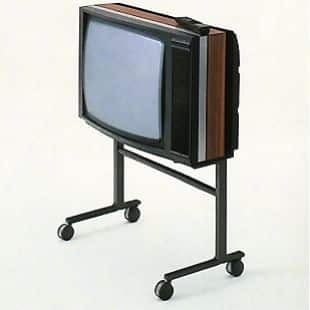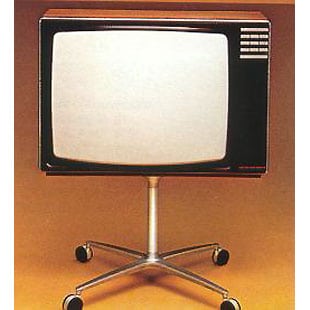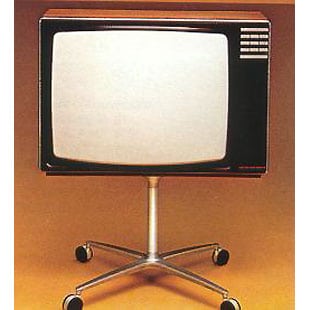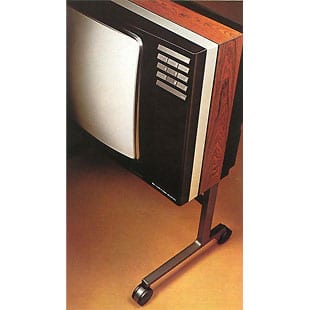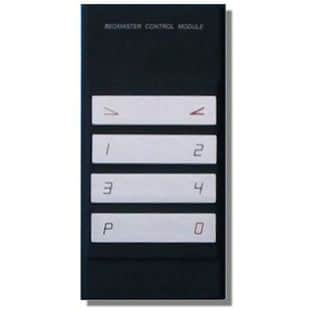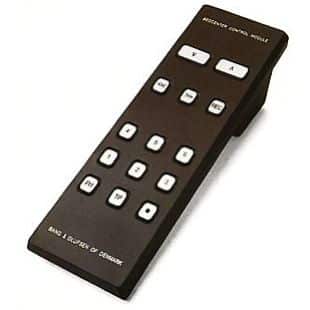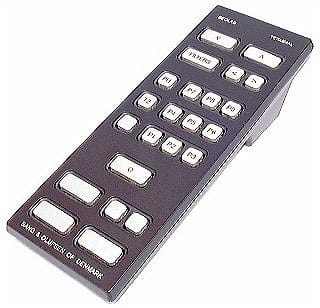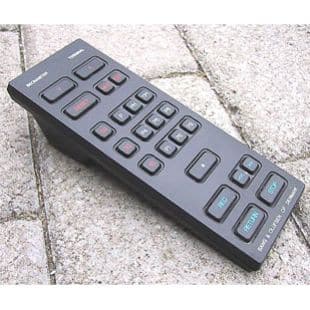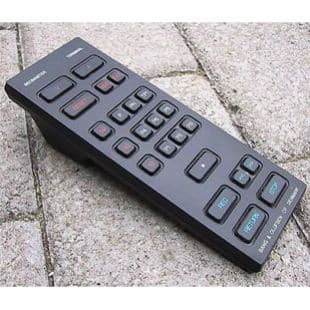BeoVision 5102
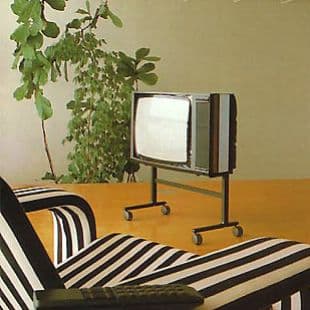
In the days before widescreen, active speakers and Dolby Digital modules, the catalogue of 1985 stated that: “it would be foolish to spend more money that you needed. Why pay for multiple features and facilities when all you wanted was the best possible picture quality, good sound and instant remote access to all available UHF TV channels?”. Unfortunately, those days have long since gone!
The most sensible and economic answer to such a modest set of demands was right there, it stated, in the ‘traditional’ Beovision 5102, 7102 and 8102. All three sets were identical; it was only the size of the tubes that differed. You obtained the same type of picture tube as in the luxury sets (the Beovision 5502, 7702 and 8802 range, for example): automatic colour balance, high reliability… and a bright, clear, natural-looking picture. Sound quality was 6 watts RMS.
The remote control was identical too – the Beovision Video Terminal was used on all of the sets. You could tune across the entire UHF band and store up to 32 station frequencies in the set’s microcomputer memory for instant recall. The Beovision Video Terminal made it easy to control.
Sound output was 6 watts. Connections were provided for an extension speaker and a tape recorder; the tape socket had an alternative function – you could use it to feed the TV sound through a hi-fi system. And connecting a Loop Amplifier would allow a person with a hearing aid to enjoy TV sound more fully.
All three models could be supplied with or without Teletext facilities. The slim-line cabinets were identical in design but offered an alternative in materials and finish: a furniture-crafted wood cabinet finished in rich-grained natural teak or rosewood; Beovision 5102 was also finished in natural grey.

